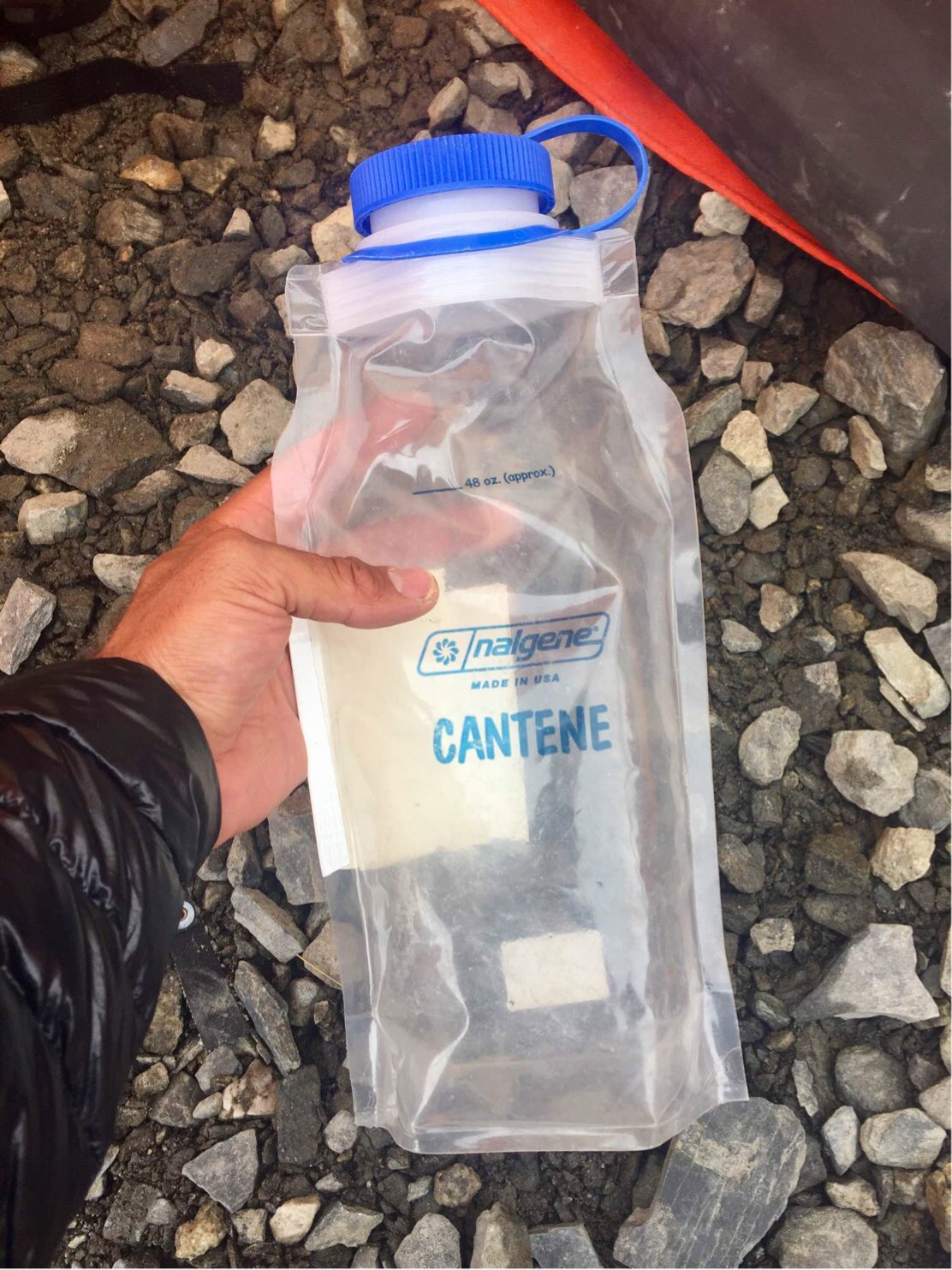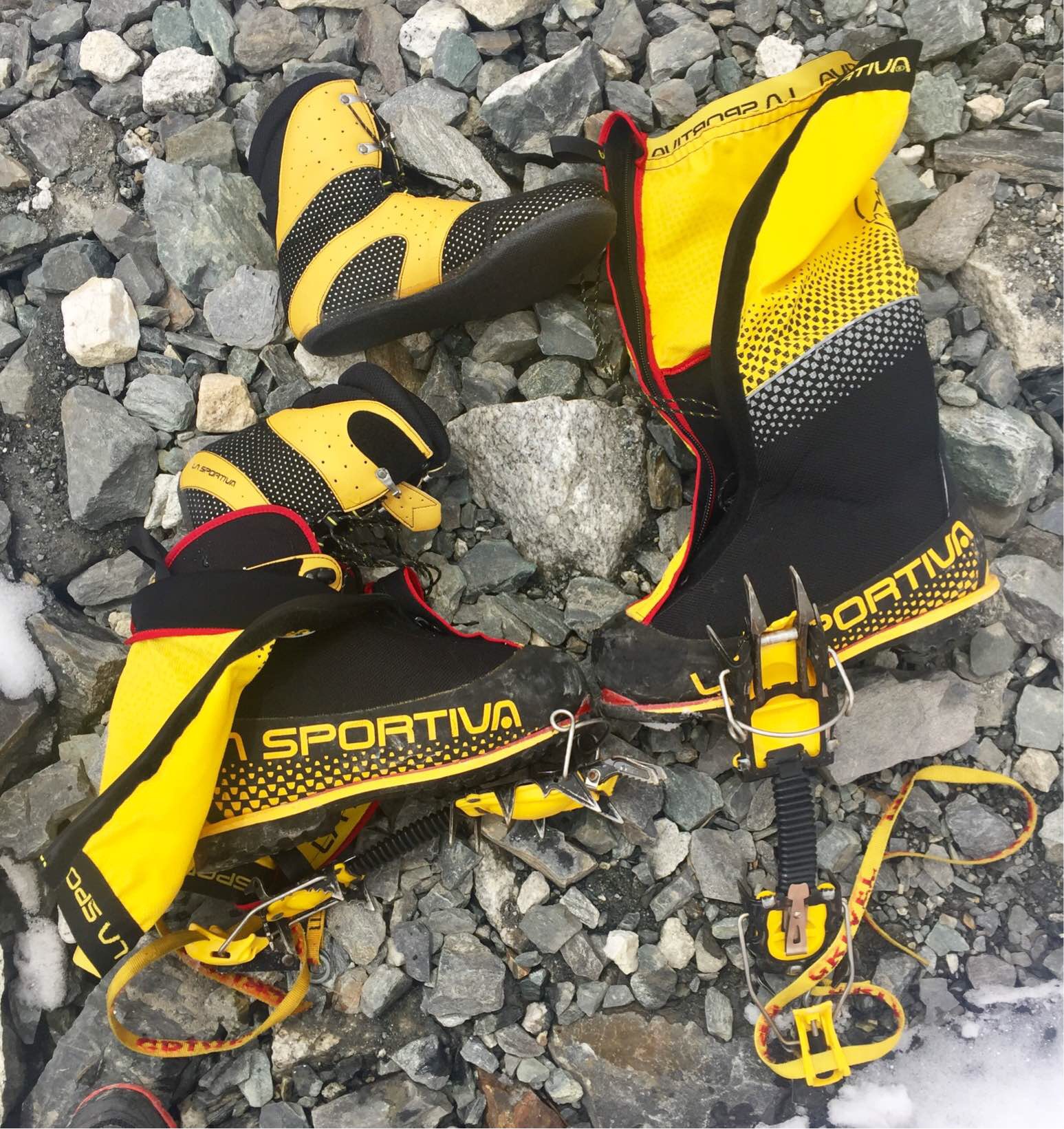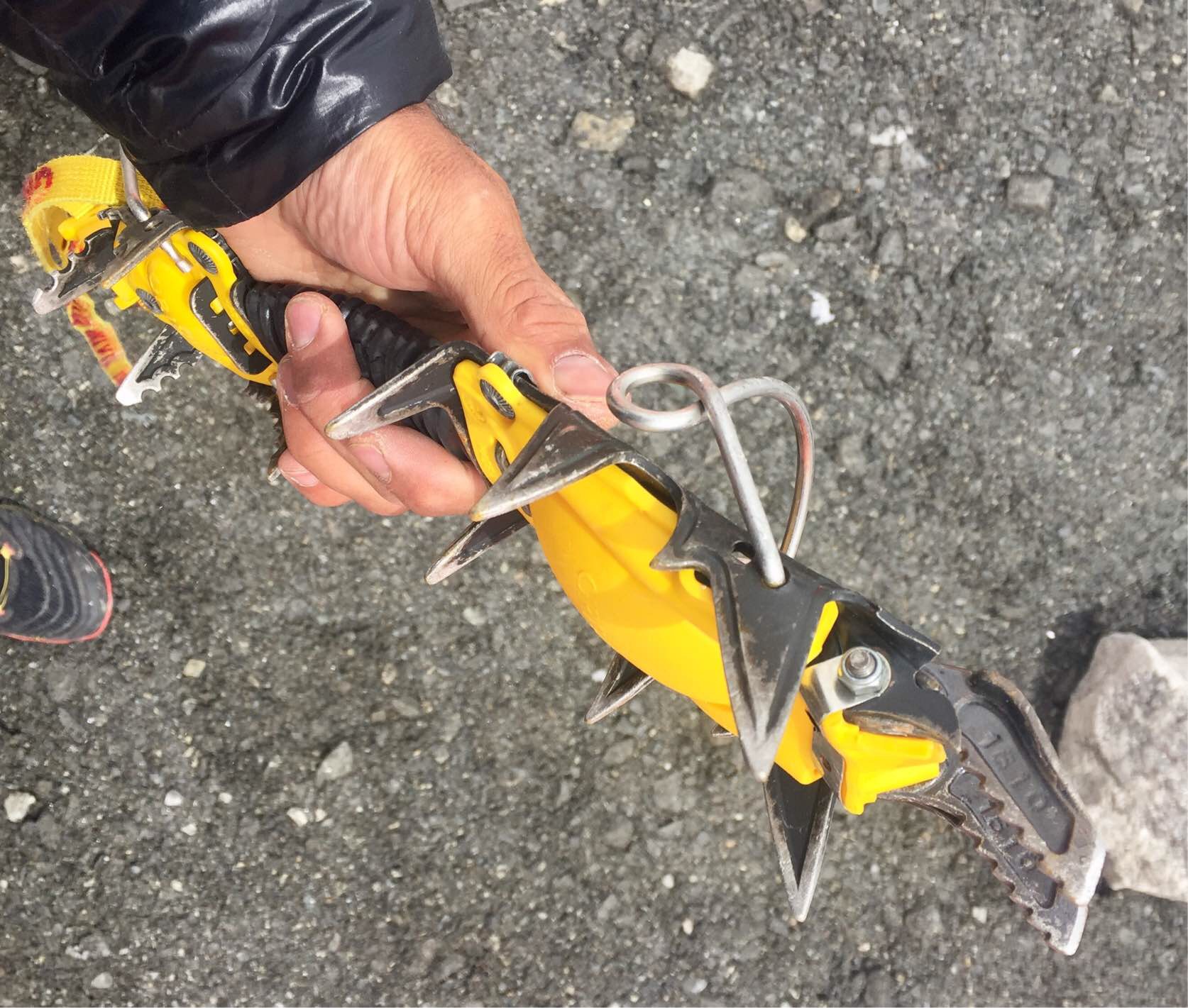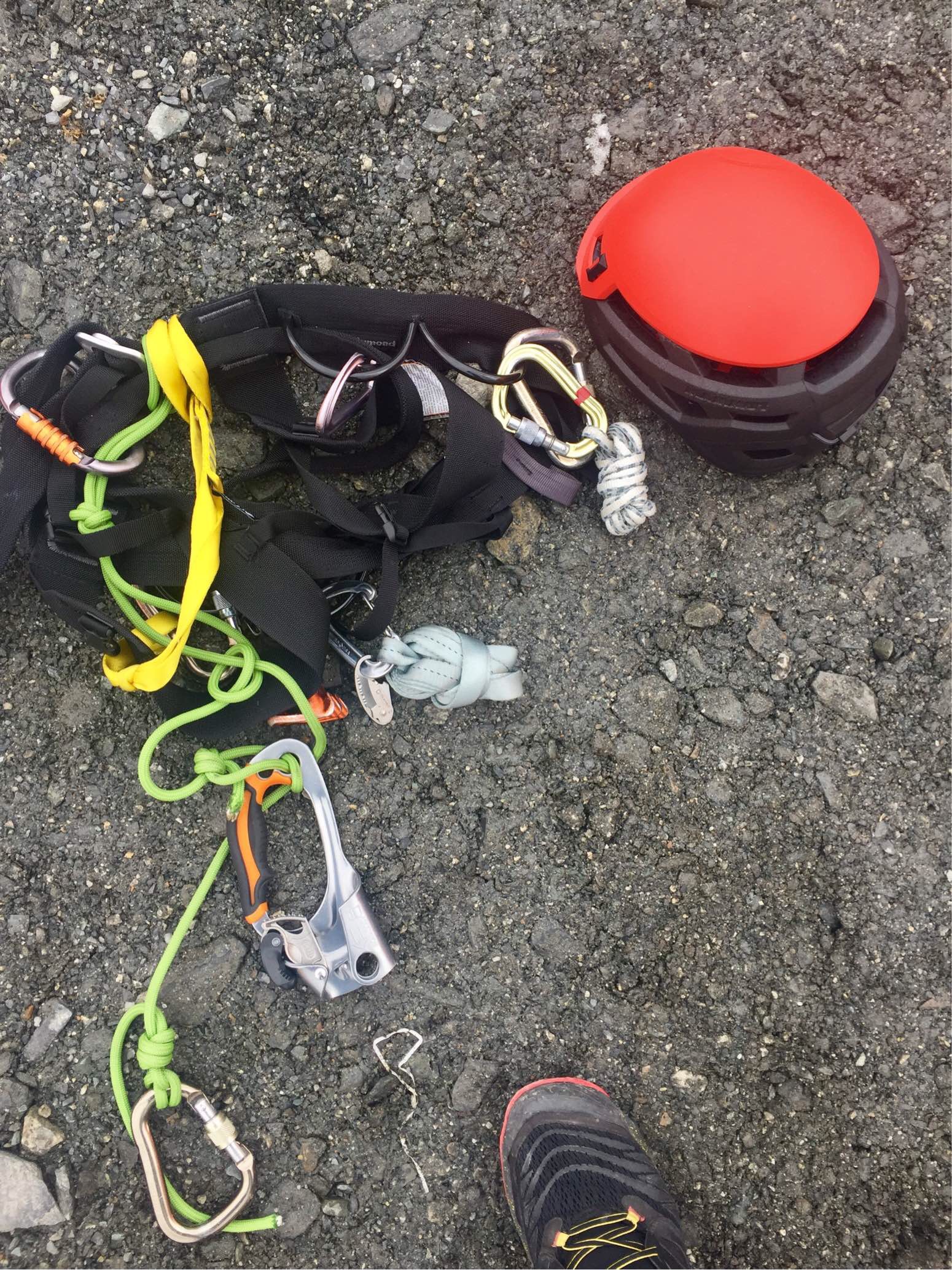Stephanie:
- How is weather determined when finding an opening to make the final summit? Each team generally pays a meteorologist for forecast information. We receive weeklong forecasts that show current conditions and trends for the upcoming week. It may seem obvious but forecasts are based on the accuracy of the previous day. Each time that we have an accurate forecast, we gain more confidence in the trends of the long-term conditions.
- Knowing that making it to Base Camps above EBC can take days, what factors are considered when deciding a final summit is safe or clear? We won’t begin our summit rotation until we are very confident in the accuracy of the forecast. Once we feel confident, we will move to Camp 2 and then move up as weather permits. When at Camp 4 (high camp) the most important variable that we watch is wind, followed by visibility. Temperature isn’t a big factor because we have insulation to combat the cold, it is wind that can crush a team. We most likely wouldn’t move from C4 if winds are expected to be over 20 MPH or visibility is poor.
- Does weather not change as quickly as I’m thinking it does? It does but in the Himalayas it is more predictable than some other mountain ranges. I don’t claim to be a scientist so I won’t get into details but a Himalayan forecast is much more predictable than an Alaskan forecast. Additionally, forecasting technology for mountains is far more efficient than it used to be but it’s important to remember that you are rolling the dice anytime you go above 20,000 ft.
- Do your pee bags travel up the mountain with you when you climb or is that just a tent luxury? Pee bottles move from camp to camp. They come in a variety of shapes and sizes, based on preference of the climber, but I use a Nalgene Canteen 64 oz. The reason that we use pee bottles is because it takes too much time to get dressed to go outside in sub-zero temps. We have to sleep with them near us because they will freeze into a brick if we don’t. Once we wake up, we empty them out.

- And what about the “other” waste? Depends on the camp… at EBC and C2 we have mini-tents that have a bucket in them. Once the biodegradable bag in the bucket is filled, they are disposed of in deep crevasses. For C1, C3, C4 and anywhere else, we use wag-bags, basically a biodegradable and sealable bag that can be used a couple of times before it is disposed of in a deep crevasse. We carry these with us as we move, until we find a location to dispose of them.
Tante Lisa:
- Do you use just one pair of boots or do you have different boots for different terrains? I have two pairs of boots, one for the trek in and one for climbing. Climbing boots are unique because they have rigid soles, to provide more support and prevent crampons from popping off. It would be nice to have a couple different pairs on the mountain because temps vary significantly from EBC to the summit but it just isn’t feasible to carry multiple pairs up and down the mountain. We choose our boots based on the most extreme conditions that we will use them in. In the case of Everest, we use boots that are referred to as 8000 Meter or Triple boots (because of their construction). They have an inner boot, an insulated protective shell and a built in knee-high gaiter.

- Can you please take a picture of the inside of your tent(s) so we can see the luxury and will no longer feel so sorry for you? Photo and quick video tutorial provided.

- Have your finally recuperated? Are you still feeling poorly? Are you like other Stenderup men when you are sick? No, Yes, No. I went to the EBC medical tent a couple of days ago and they diagnosed my congestion as viral, so there is nothing that they can do about it. The problem is that my nasal passages are congested and I’m breathing almost entirely through my mouth. The cold and dry air at altitude does a ton of damage to the throat and since I’m only breathing through my mouth, it’s getting worse. I have to sleep and move with a buff on to prevent doing further damage at this point. Other than that, my body feels great so it will most likely just be a matter of suffering through it, it shouldn’t hinder my performance.
- Were you able to actually nap on those rocks? Of course I was! Being able to nap on cue is a very good trait in the mountains. Recreational napping and snacking are essential parts of mountain life. I can assure you that if you are a light sleeper, you are going to struggle to get rest in the mountains. I have learned that you can nap on literally anything if you have the right attitude, including rocks, snow, ice, and pee bottles.
Anonymous:
- Could you post some photos of some of the equipment you are using to climb? Here is a picture of my crampons (spikes that clamp onto my boots), as well as a picture of my harness and helmet. Make note of the silver device with the black handle at the bottom of the picture, it is my Ascender, which we use to latch onto the fixed lines at high altitude. Basically, it acts as a climbing ratchet. Unfortunately, a lot of my technical gear is already cached up high on the mountain, in preparation for my Summit Rotation.


Brendan:
- How dare you? This is a rhetorical question.
- What’s your favorite flavor of jelly belly jelly bean? Peach
- How many of your fish do you think Rob has let die? Hopefully zero because I told him that he loses a finger for each fish death.
John:
- My question is all about Oxygen. How many cans of Oxygen will you need to get safely up and down? It depends. A very select group of people will climb without oxygen, but it’s usually only the most elite climbers, like Ueli Steck. We will use supplemental oxygen but it is up to personal preference as to how high of a flow rate that we will use. You can set O2 flow at 25%, 50%, 75% and 100% but this only means how quickly the O2 is flowing into the regulator, relative to it’s max flow. At max flow, a canister will only last 3-4 hours so you need to gage how long it will take you to climb before you determine flow rate. The faster you go, the more O’s you will need, but the less time you will need to be running the O2. We plan to move fast and will most likely consume about 2 canisters each on summit day.
- When do you start supplemental oxygen and who places the extra cans where they need to be and finally, how can we be sure that no one will mistake yours for theirs? On our Summit Rotation, we will actually start using O’s when we leave C2, in order to limit stress on the body. We already climbed to C3 without O’s, so we know our bodies can go higher without it but it allows for better performance later on if we are supplementing early. Sherpas carry and store O2 canisters in our tents at C2, C3, and C4. We have our own tents and camps, so there is no confusion.
Becky:
- Are you putting a CHR flag on the top of Everest? If I make it to the top, the CHR flag will be there! I also plan on having a Cal Poly flag to represent my alma mater.
Anonymous:
- You must be so glad to have that beard to keep your face warm. Are others jealous? Of course.
- Do people actually shave up there to stay clean shaven? I’m fairly certain that we refer to people without beards as “women”, correct? Just kidding! Some people do bring trimmers to shave at EBC but I think that it is a waste of time and weight. Personally, I enjoy having a beard because it protects my face from the elements. However, I am considering shaving it to get a better seal on my oxygen mask.
Anonymous:
- Why don’t you just Ski down? Would save you time and energy. Seems pretty obvious to me. Because I’m a bad enough skier that the descent would be more dangerous than the ascent. In all seriousness though, the summit ridge has huge drops and is primarily windswept ice, that is not conducive to skiing. However, some people have successfully skied off of portions of Everest.
